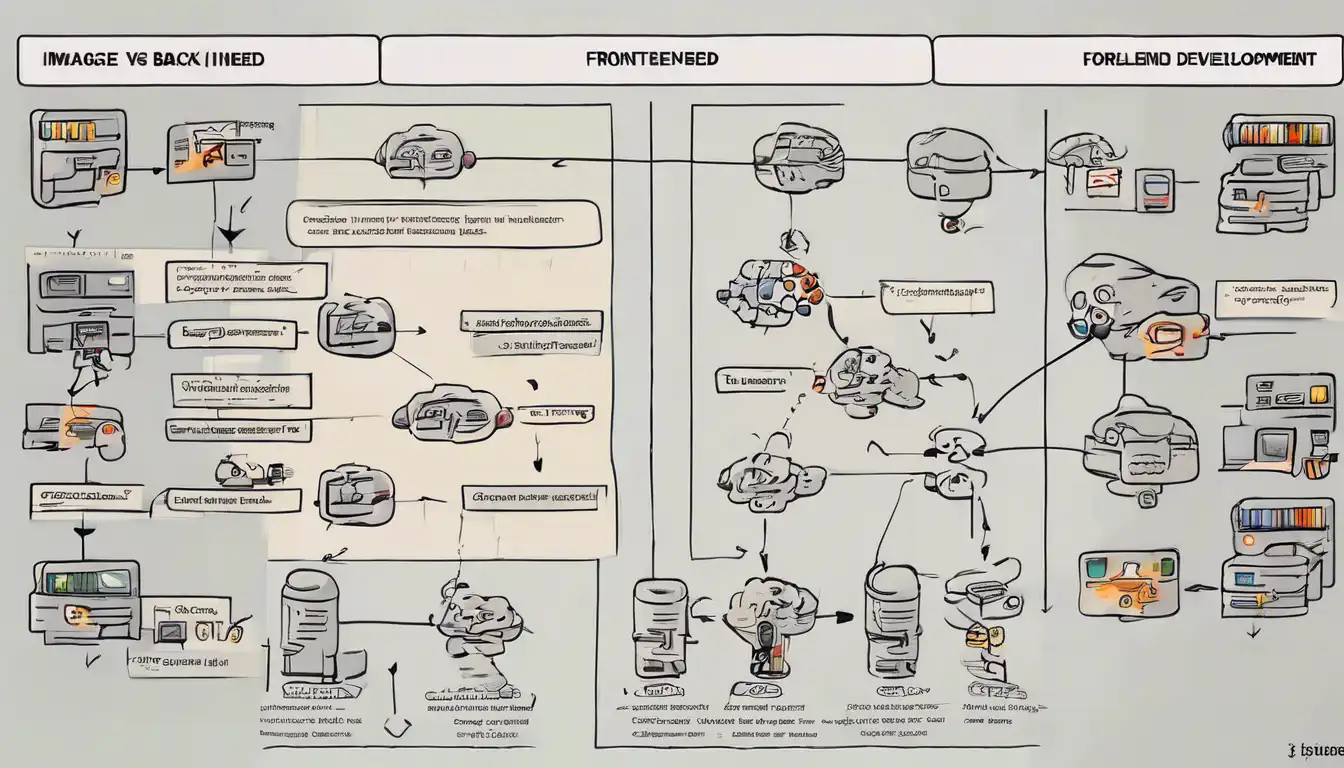Introduction to Frontend and Backend Development
In the world of web development, understanding the distinction between frontend and backend development is crucial for anyone looking to build or maintain a website. While both are essential components of web development, they serve very different purposes and require different skill sets.
What is Frontend Development?
Frontend development, also known as client-side development, involves creating the part of the website that users interact with directly. It's all about the visual aspects of the website that users see and interact with in their web browsers. Frontend developers use languages like HTML, CSS, and JavaScript to build everything from layouts to interactive features.
What is Backend Development?
Backend development, or server-side development, focuses on the server, the database, and the application logic that powers the website behind the scenes. Backend developers work with server-side languages such as PHP, Ruby, Python, and Java to ensure that data or services requested by the frontend are delivered through programmatic means.
Key Differences Between Frontend and Backend Development
While both frontend and backend development are essential for creating a functional website, there are key differences between the two:
- User Interaction: Frontend is all about the user interface and experience, while backend is about how the site works.
- Languages: Frontend developers use HTML, CSS, and JavaScript, whereas backend developers might use PHP, Ruby, Python, or Java.
- Focus: Frontend development focuses on the client side, backend development on the server side.
Why Both Are Important
Both frontend and backend development are critical to the success of a website. A beautifully designed frontend is useless without a functional backend, and a powerful backend is pointless if the frontend is unusable. Together, they create a seamless user experience.
Choosing Between Frontend and Backend Development
Deciding whether to focus on frontend or backend development depends on your interests and skills. If you enjoy working with visuals and user interfaces, frontend development might be for you. If you prefer working with data and solving complex problems, consider backend development.
Learning Resources
There are plenty of resources available for those interested in learning more about frontend or backend development. Online platforms like Online Learning Platforms offer courses in both areas.
Conclusion
Understanding the differences between frontend and backend development is essential for anyone involved in web development. Whether you're a budding developer deciding which path to take or a business owner looking to hire the right talent, knowing what each entails can help you make informed decisions.
